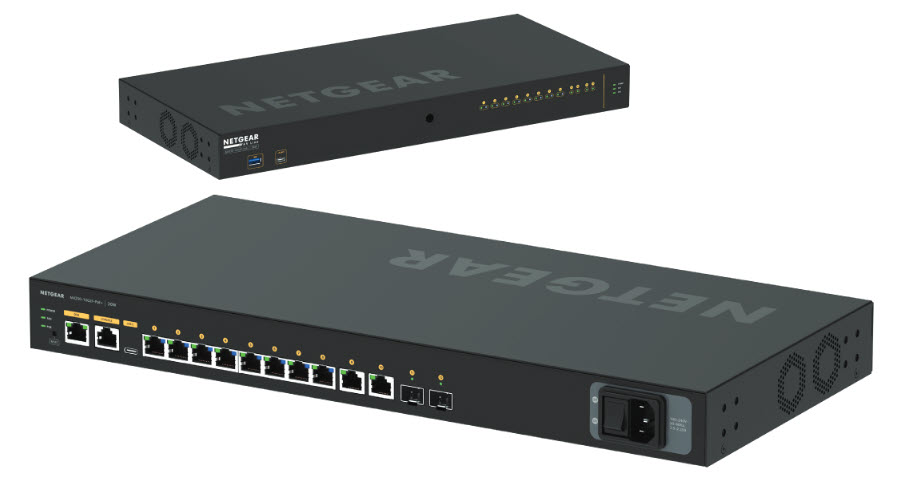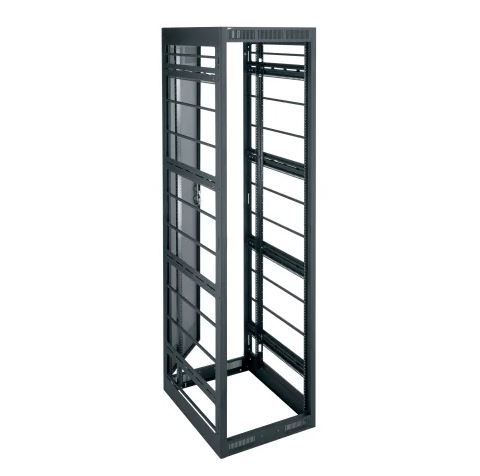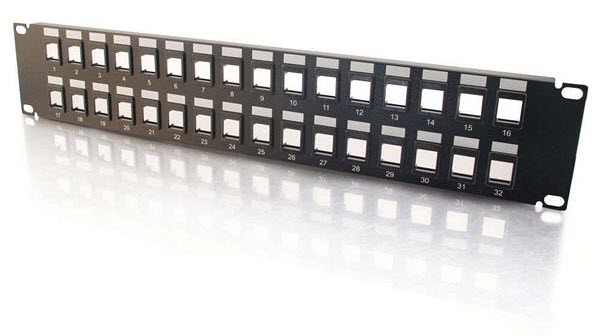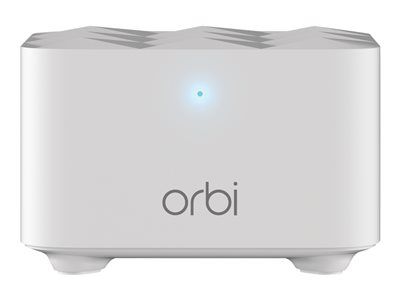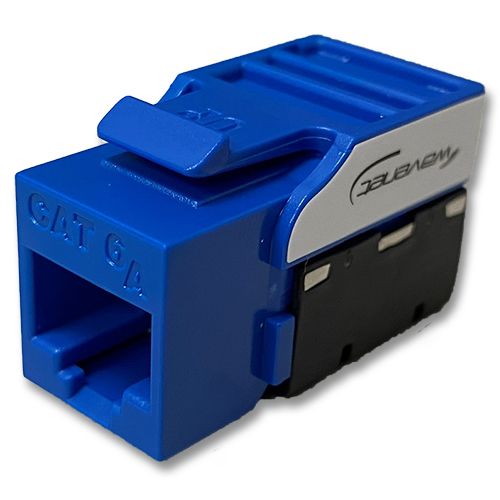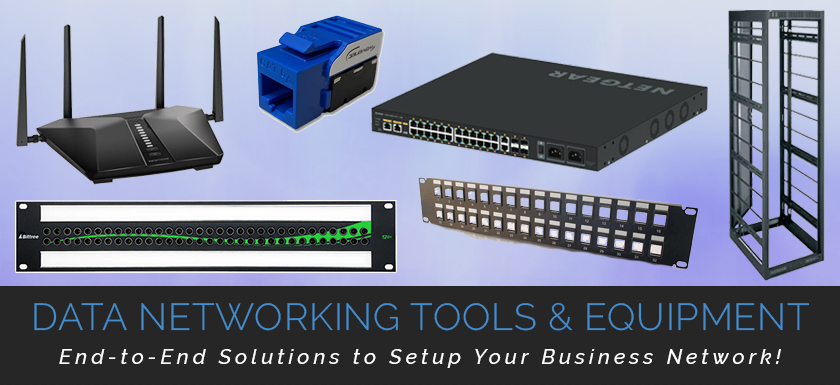
Data networking tools are essential for any business that wants to be connected.
There are a variety of networking equipment options available, from routers and switches to broadcast racks and more. Choosing the right data networking equipment can be a challenge, but it’s important to select products that will meet the specific needs of your business.
There’s no one-size-fits-all solution, so it’s vital to choose products that are tailored to your specific needs.
In this post, you’ll discover how to choose data networking equipment, and different types of networking tools available in the market to keep your business connected:
How to Choose Data Networking Equipment
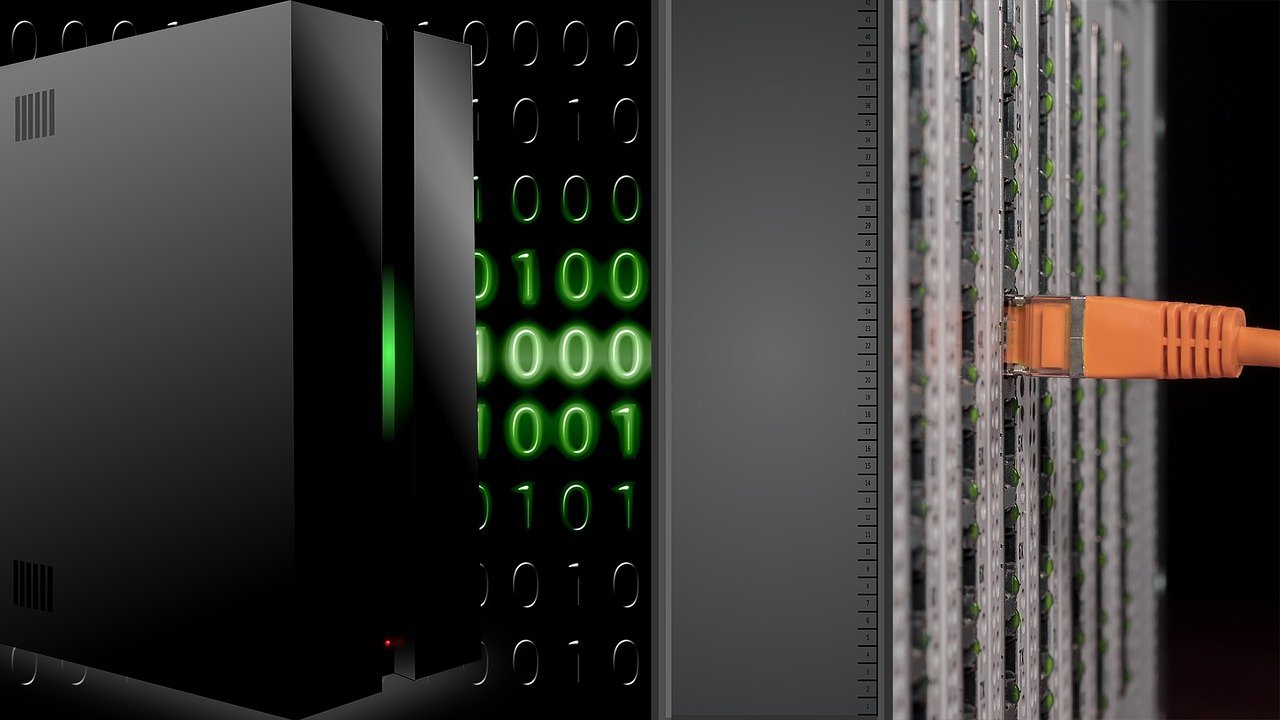
Networking equipment is a critical part of any business or organization’s infrastructure. It allows businesses to communicate and collaborate effectively, while also providing access to the internet and other resources.
When it comes to networking equipment, there are a few things to keep in mind before getting started:
The size of your network: Determine the number of devices that will be connected. Small businesses will have different networking needs than large enterprises, so make sure to select networking tools that are appropriate for the size of your business.
The type of business or organization: Different types of businesses will have different networking needs. For example, a retail business will have different networking requirements than a school or hospital.
Features and functionality: Choose products that are compatible with your existing infrastructure or build your network from the ground up. Select products that offer the features and functionality you need.
Budget and set up costs: Networking equipment can range in price from a few hundred dollars to tens of thousands of dollars. It’s important to establish a budget or work with an AV professional to ascertain what will work best for you.
Level of support: Some networking equipment manufacturers and distributors offer more support than others. Make sure to select a manufacturer and distributor that offers the level of support you need.
Warranty: Most networking equipment comes with a warranty, but the length and terms of the warranty vary by manufacturer. Make sure to read the fine print before making a purchase.
Keep these factors in mind when selecting networking equipment and you’ll be sure to choose the right option for your business or organization.
Top Data Networking Tools
There are a variety of data networking tools available to help you manage your network, which can be divided into two main categories: hardware and software.
Hardware tools include devices such as switches, extenders and rack panels. Software tools include applications that run on computers or other devices connected to the network, and help you manage your network, troubleshoot problems, monitor traffic, and manage security.
Networking Tools: Hardware
AV over IP Switches
Switches are used to connect devices to the network. They can be used to create a physical connection between two devices or to connect multiple devices to a single device. Switches can also be used to control traffic flow and improve performance.
AV over IP switches are designed to work with AV equipment that uses Internet Protocol (IP) to send and receive audio and video signals. AV over IP switches allow you to connect multiple AV devices to a single network, allowing you to manage and distribute AV content more easily.
AV over IP switches typically offer a variety of features, such as support for multiple video formats, HDCP compliance, and remote management.
When choosing an AV over IP switch, it is important to consider the number of ports you need, the types of AV devices you will be using, and your budget. AV over IP switches can be a great way to improve the efficiency of your AV setup and make it easier to manage and distribute AV content. To learn more, read our post on Netgear M4250 Series AV Line Switches.
Network Switches – Available Here!
Broadcast Racks
Broadcast racks are an important part of any broadcast setup. They provide a convenient way to store and organize equipment, and can be used to protect delicate equipment from damage. Broadcast racks come in a variety of sizes and styles, so it’s important to choose the right one for your needs.
How to choose a broadcast rack:
- Decide what type of equipment you’ll be storing in the rack. This will determine the size and style of rack you need.
- Consider where the rack will be located. It’s important to make sure the rack is sturdy and won’t be damaged by vibrations or other factors.
- Think about how you’ll access the equipment in the rack. This includes choosing a rack with the right type of doors and shelves
Broadcast Racks – Available Here!
Punched Rack Panels
A punched rack panel is a type of rack that has been punched, or drilled, with holes to accommodate various types of equipment. Punched rack panels are typically used in server rooms and data centers to provide a convenient way to connect and manage multiple devices. They can also be used in home theater setups and other audio/visual applications.
- Punched rack panels are available in a variety of sizes and configurations to meet the needs of any installation.
- They are typically made from steel or aluminum and can be powder coated or anodized for durability.
- They are quick and easy to setup and come with all the necessary hardware to provide a clean and professional look for any installation.
- They are the perfect way to organize and manage your equipment and are a must-have for any serious installation.
Punched Rack Panels – Available Here!
Networking Routers
A networking router is a device that connects two or more computer networks. Routers are commonly used to connect LANs or WANs. A router is connected to two or more data lines from different networks. When a data packet arrives on one of the lines, the router reads the address data in the packet, and directs it to the next network on its journey towards the final network destination.
- Routers perform their work independently of any higher-level protocols. In fact, a single router can support multiple networking protocols simultaneously.
- Most routers have special hardware, called packet filters, that enforce security policies. For example, a router can be configured to reject all incoming packets from a specific host or network.
- Most routers come equipped with management software that lets system administrators remotely control and configure the device. This software usually includes features for managing users, monitoring traffic, and enforcing security policies.
- Some routers also include features such as dynamic routing, which automatically finds the best route for data packets.
Networking Routers – Available Here!
Networking Extenders
A networking extender can be a great way to extend the reach of your commercial or residential network. By placing the extender in a central location, you can ensure that all of your devices are able to connect without any issues.
Here are a few things to keep in mind when shopping for a networking extender:
- The range of the networking extender is important to consider. If you have a large space, you’ll need an extender with a strong signal in order to ensure coverage throughout.
- Many networking extenders include built-in Ethernet ports. This can be useful if you want to hardwire some devices directly into the extender for improved performance.
- Be sure to check the wireless standards supported by the networking extender. The latest standard is 802.11ac, which offers improved performance and range over older 802.11n devices.
- Networking extenders can vary significantly in price. Be sure to compare features and find an extender that fits your needs and budget.
Networking Extenders – Available Here!
Audio and Video Patchbays
Audio and video patchbays are devices that are used to connect audio and video equipment. Patchbays come in a variety of sizes and configurations, from simple standalone units to complex rack-mounted systems.
- Audio and video patchbays can be used to connect a variety of audio and video equipment, such as microphones, speakers, amplifiers, mixers, processors, and other devices.
- Patchbays can also be used to connect audio and video signals between different pieces of equipment, to a computer or power source, another digital or analog device, or to a network. audio and video patchbays
- They can also be used to terminate audio and video cables, provide isolation between audio and video equipment and redistribute audio and video signals.
Audio and Video Patchbays – Available Here!
Keystone Connectors
A keystone connector is a type of electrical connector used in keystone jacks. Keystone jacks are commonly used in computer networks, and the keystone connector is used to connect the keystone jack to the network cable. The keystone connector is also sometimes referred to as a keystone module or a keystone adapter.
Keystone Connectors – Available Here!
Networking Tools: Software
Network management applications are software tools that help you manage your data network. These applications can be used to monitor traffic, troubleshoot problems, and manage security.
- Traffic analysis applications are used to monitor traffic on the network. These applications can help you identify bottlenecks and optimize performance.
- Troubleshooting applications are used to diagnose and fix problems on the network. These applications can help you identify the cause of a problem and find a solution.
- Security management applications are used to manage security on the network. These applications can help you create and manage user accounts, control access to resources, and monitor activity on the network.
No matter if you’re an AV professional looking for networking tools and equipment for your next installation, or you’re a business owner and want your office network set up the right way – we can help!

